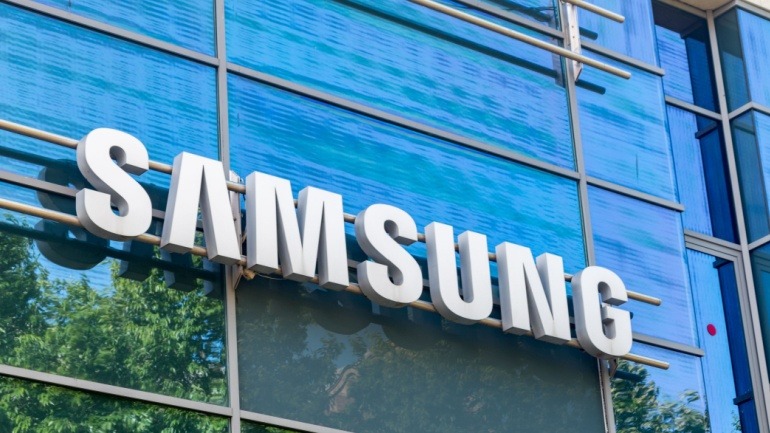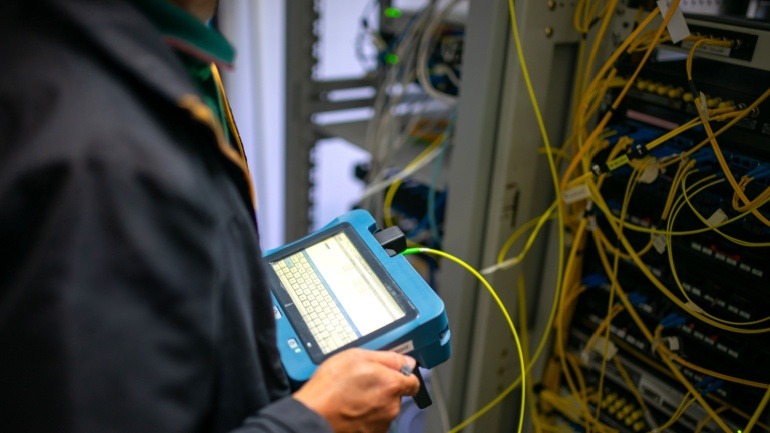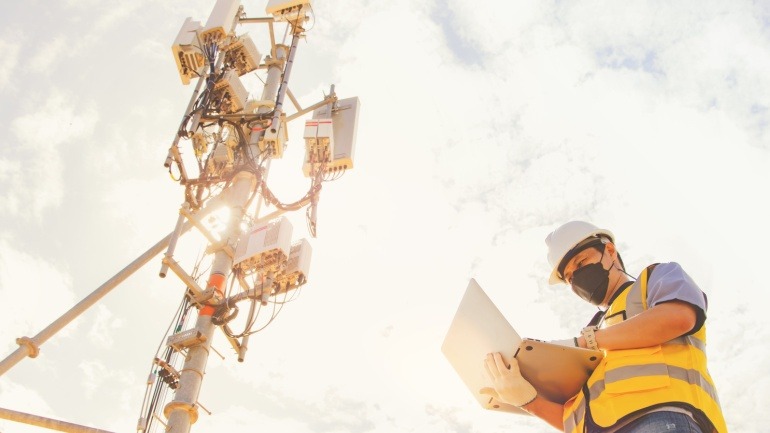Global telecommunications leaders are actively confronting a major industry challenge—superior customer experience. Despite extensive investments in 5G infrastructure and Internet of Everything (IoE) ecosystems, the experience remains fragmented and reactive. An urgent shift in basic telecommunications assumptions is required for platforms handling IoE signals to deliver predictive and large-scale customer interactions.
A predominant challenge lies in traditional approaches. Providers manage vast networks of devices generating vast data amounts daily. However, reactive engagement frameworks often hinder preemptive solutions. These frameworks become visible when service issues arise, post-notification of churn risks, or when they offer promotions only after customers commit elsewhere.
This reactionary approach significantly impacts businesses, revealing missed opportunities and potential revenue losses. Network optimizations can impact brand equity and service quality—two essential differentiators in a competitive market. Furthermore, existing IT architecture constraints limit responses beyond reactive measures, with systems operating in silos, such as billing, telemetry, and CRM.
Enter cognitive edge architecture, offering a strategic change. This new approach reshapes how telecommunications platforms handle IoE signals, resulting in more individualized and predictive customer interactions. Four key architectural components define this approach, addressing substantial operational challenges.
A distributed intelligence orchestration layer positions lightweight machine learning models at network edge nodes. These edge nodes process IoE signals promptly, analyzing data locally and removing the need for data transmission to central servers. This innovation allows operators to detect and respond to potential issues within milliseconds, improving customer experience significantly.
Federated learning infrastructure furthers this approach by creating global predictive models while retaining data locally. Edge nodes benefit from localized learning, making regulatory compliance easier. This maintains data privacy and facilitates behavioral recognition patterns that isolated systems cannot achieve.
Additionally, a multi-modal signal fusion engine brings together varied data sources. It combines network telemetry, content consumption patterns, device interactions, and temporal behaviors into unified customer behaviors, increasing insight and predictive capabilities.
Lastly, a predictive engagement optimization system measures prediction results and fine-tunes models to improve accuracy. This system enhances the overall prediction capability for customer behaviors, including churn likelihood or upgrade propensity.
Technical innovations enhance the architecture further. Context-aware model selection tailors predictive models according to user habits, such as data consumption frequency. Temporal signal weighting adapts to predictive value variations over time, employing advanced networks for different predictions. Moreover, the architecture allows personalized service without centralizing sensitive data, preserving user privacy.
Cognitive edge architecture offers practical applications, from proactive network optimization to anticipatory recommendations. It also powers predictive device maintenance by scheduling interventions before breakdowns occur. This transition from reactive to predictive service strengthens competitive advantage, especially as network speed and data volume become less distinctive.
For telecommunications providers, cognitive edge architecture encapsulates the shift from reactive engagements to proactive, intelligent partnerships with users, heralding a future where connectivity equates to cognitive value rather than mere speed. As 5G deployment accelerates, adopting this advanced infrastructure will widen the gap over reactive competitors.
For global telecom service providers, this approach represents an evolution from transactional service models to forward-thinking partnerships, predicting and fulfilling customer needs. In a world increasingly leaning towards 5G and leveraging IoE and edge computing, embracing cognitive intelligence is not just advantageous but necessary.







